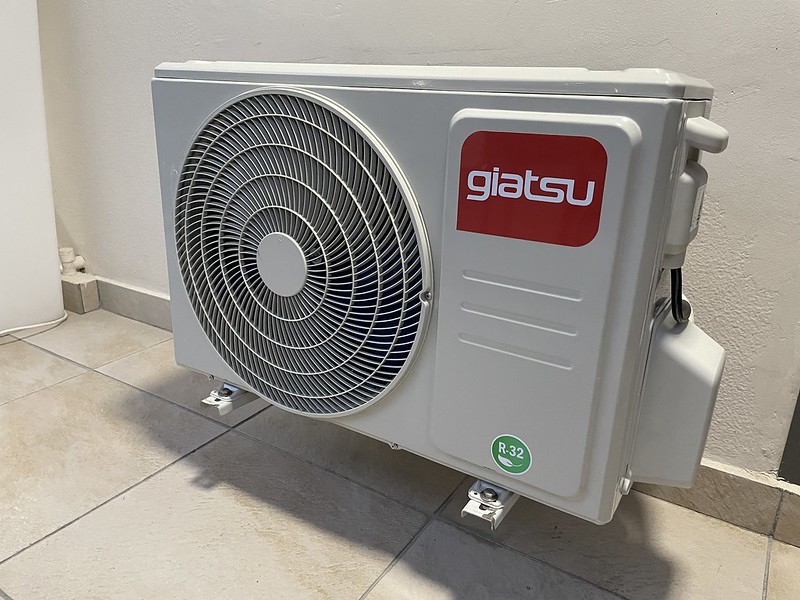Mini-split air conditioning systems are a popular choice for home and commercial cooling due to their energy efficiency, flexibility, and ease of installation. These systems consist of an indoor unit, which contains the evaporator coil and air handler, and an outdoor unit, which houses the compressor and condenser coil. The communication between these two units is crucial for the system’s proper functioning and energy-efficient operation.
The Electrical Connection
The indoor and outdoor units of a mini-split system are connected via a low-voltage control wire, which allows them to communicate with each other. This control wire carries various signals between the units, including:
-
Temperature and Humidity Data: The indoor unit sends real-time temperature and humidity data to the outdoor unit, allowing the system to adjust the compressor speed and refrigerant flow accordingly to maintain the desired temperature and humidity levels.
-
Fan Speed Control: The control wire transmits signals to regulate the fan speed of the indoor unit, ensuring optimal air circulation and distribution.
-
Operating Parameters: The control wire also carries signals to control other operating parameters, such as the mode of operation (cooling, heating, or dehumidification), timer settings, and error codes.
To ensure reliable communication, the control wire must be properly sized and installed according to the manufacturer’s specifications. Improper wiring can lead to communication issues, system malfunctions, and reduced energy efficiency.
The Refrigerant Connection
The refrigerant lines are another critical component in the communication between the indoor and outdoor units. These lines carry the refrigerant, which is the heat-transfer medium that absorbs heat from the indoor air and releases it to the outdoor environment.
-
Metering Device: Mini-split systems typically use a metering device, such as an electronic expansion valve (EEV) or a thermostatic expansion valve (TXV), located in the outdoor unit. This metering device regulates the flow of refrigerant to the indoor unit based on the temperature and humidity data received from the indoor unit.
-
Refrigerant Flow Adjustment: The metering device adjusts the refrigerant flow to the indoor unit, ensuring that the correct amount of refrigerant is supplied to the evaporator coil. This allows the system to maintain the desired temperature and humidity levels efficiently.
-
Refrigerant Line Insulation: The refrigerant lines are typically insulated to prevent heat gain or loss, which can affect the system’s performance. The liquid line, which carries refrigerant from the condenser to the evaporator, is usually insulated to prevent it from freezing in cold temperatures.
-
Refrigerant Charge: Proper refrigerant charging is essential for the system to function correctly. An undercharged or overcharged system can lead to communication issues, reduced efficiency, and potential damage to the compressor.
Proper Sizing and Installation
To ensure effective communication between the indoor and outdoor units, it is crucial to correctly size and install the mini-split system. Improper sizing or installation can result in various issues, including:
-
Performance Problems: An undersized or oversized system may struggle to maintain the desired temperature and humidity levels, leading to poor performance and user dissatisfaction.
-
Energy Inefficiency: A system that is not properly sized or installed may consume more energy than necessary, resulting in higher utility bills and a larger environmental impact.
-
Reduced Lifespan: Improper installation or sizing can put unnecessary stress on the system’s components, leading to premature wear and tear and a shorter overall lifespan.
To avoid these issues, it is recommended to have a qualified HVAC professional assess the specific cooling and heating requirements of the space and select the appropriate mini-split system. They will also ensure that the system is installed correctly, with proper refrigerant charging, insulation, and electrical connections.
Troubleshooting Communication Issues
In the event of communication issues between the indoor and outdoor units, there are several steps that can be taken to diagnose and resolve the problem:
-
Check the Control Wire: Ensure that the control wire is properly connected and not damaged. Inspect the wire for any breaks, loose connections, or signs of corrosion.
-
Verify Refrigerant Charge: An improper refrigerant charge can affect the system’s ability to communicate effectively. Have a qualified technician check the refrigerant level and make any necessary adjustments.
-
Inspect the Metering Device: If the metering device, such as the EEV or TXV, is not functioning correctly, it can disrupt the communication between the indoor and outdoor units. A technician may need to clean, calibrate, or replace the metering device.
-
Check for Electrical Interference: Nearby electrical equipment or wiring issues can sometimes interfere with the communication between the indoor and outdoor units. Ensure that the system is properly grounded and shielded from potential sources of interference.
-
Review Manufacturer Troubleshooting Guides: Consult the manufacturer’s troubleshooting guides or contact their technical support team for specific guidance on addressing communication issues with your mini-split system.
By understanding the communication mechanisms between the indoor and outdoor units, homeowners and HVAC professionals can ensure the efficient and reliable operation of mini-split air conditioning systems.

